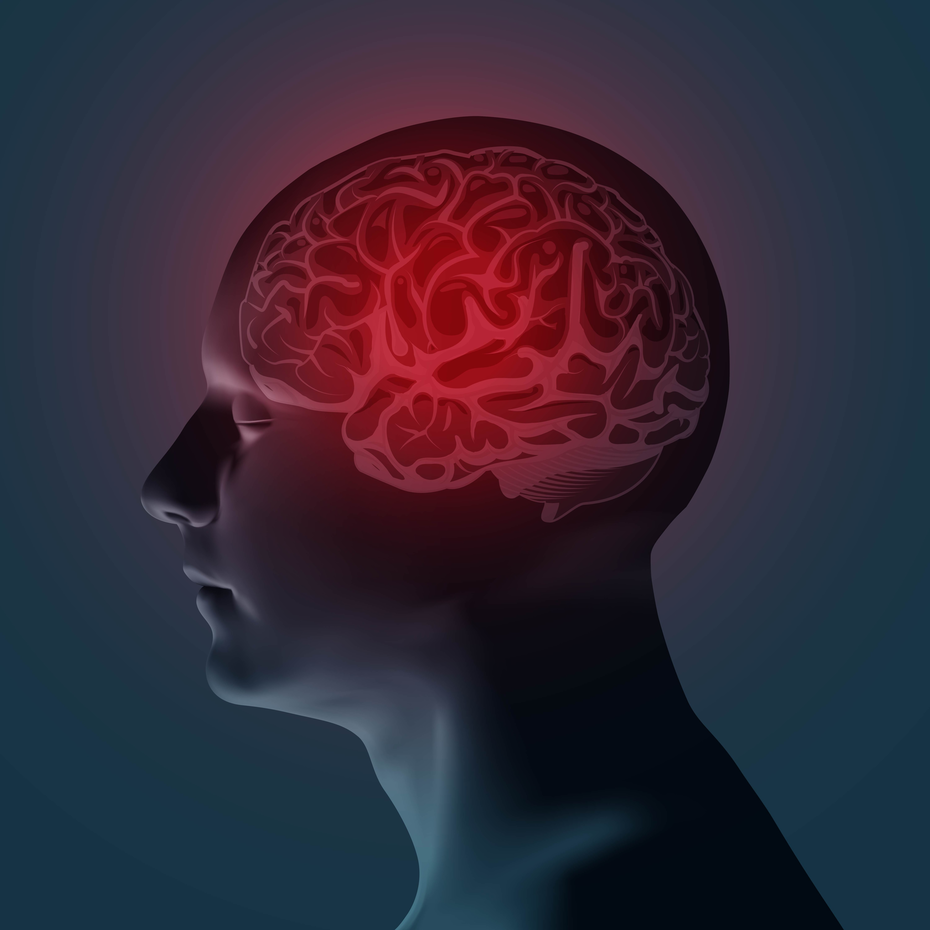Article
Review Helps Doctors Decide How Much to Push for Valbenazine for TD
Author(s):
Determining optimal dose, full benefits & risks requires long-term clinical use.

In short-term clinical trials, valbenazine (Ingrezza), a modified metabolite of the vesicular monoamine transporter-2 (VMAT-2) inhibitor tetrabenazine, improved symptoms of tardive dyskinesia (TD).
Moreover, at a daily dose of 80mg, the size of the effect of valbenazine on this movement disorder associated with the use of dopamine-receptor antagonists was clinically significant.
Valbenazine also has better clinical characteristics —including once-daily dosing and a superior side effect profile — than tetrabenazine. These findings led the US Food and Drug Administration (FDA) to approve valbenazine for TD in April 2017.
In a recent review, Oliver Freudenreich (pictured), MD, FAPM, made these and other key points and summarized the results of the clinical trials that ultimately led to the FDA approval of valbenazine for TD.
Freudenreich, co-director of the Schizophrenia Clinical and Research Program in the Department of Psychiatry at Erich Lindenmann Mental Health Center, Massachusetts General Hospital — co-authored the review with Gary Remington, MD, chief of the Schizophrenia Division at the Centre for Addiction and Mental Health in Toronto.
“I hope our review helps clinicians to decide on a case-by-case basis if they should offer valbenazine to their patients with tardive dyskinesia and how much to push for it,” Freudenreich said.
According to the review, Neurocrine Biosciences developed valbenazine to improve on tetrabenazine in two key ways. Neurocrine aimed to exceed the parent drug’s ease of use by prolonging the half-life of its new VMAT-2 inhibitor to enable once-daily dosing.
Neurocrine also aimed to improve safety and tolerability by minimizing valbenazine’s off-target interactions. As a result, valbenazine and its major metabolites bind to the VMAT-2 transporter in a highly selective fashion, thereby minimizing off-target binding and its effects, such as parkinsonism and depression.
The value of this selectivity was borne out in short-term trials, which found no parkinsonism, induction of depression, or signs of increased risk of suicide.
Furthermore, no worsening of schizophrenia or existing mood disorders was noted, and no adverse effects on hepatic function or cardiac conduction were observed. However, the valbenazine package insert notes that prolongation of the corrected QT interval may occur.
The reviewers also noted that the package insert recommends increasing the valbenazine dosage to 80 mg daily after 1 week of treatment at the starting dosage of 40 mg daily. However, they pointed out that some patients may benefit sufficiently from 40 mg daily to continue the starting dosage.
Nevertheless, because the higher dosage was more effective and the tolerability of both dosages was similar in clinical trials, reviewers noted an argument can be made against routine use of the lower dosage. But they advocated continuing lower-dose valbenazine treatment when side effects occur at the starting dosage.
However, the reviewers stressed that only long-term experience with valbenazine for TD in routine clinical practice can determine its optimal dosing strategy and full benefits and risks.
They advocated additional research to identify who benefits the most from valbenazine as well as when and how to best use it.
“Given the high cost of the medication, clinicians might have to figure out how to advocate for selected patients to get this medication despite pharmacy restrictions, particularly for those patients with severe tardive dyskinesia that is substantially impacting their quality of life,” Freudenreich said.
The review, “Valbenazine for tardive dyskinesia,” was published online in Clinical Schizophrenia & Related Psychoses last month.
Related Coverage
FDA Approvals Offer Choice of VMAT-2 Inhibitors for Tardive Dyskinesia
Iron Intake Could Contribute to Pediatric Multiple Sclerosis
Mavenclad Wins EU Approval After Reversal; FDA Application Coming Soon





